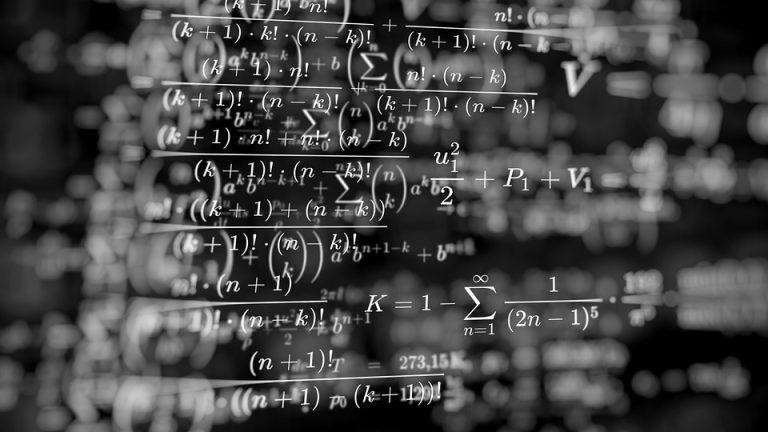Unlocking Brain Potential: The Science Behind Mental Ability
Thu, 20 Nov 2025

Follow the stories of academics and their research expeditions

The Math Olympiad is a prestigious international mathematics competition that brings together the best and brightest young minds from around the world to compete in a battle of mathematical wits. The competition, which is held annually, provides a platform for students to showcase their mathematical talents, learn from each other, and develop their problem-solving skills.
History of Math Olympiad
The first International Mathematical olympiad (IMO) was held in 1959 in Romania, with seven countries participating. Since then, the competition has grown in popularity, and today, it is one of the most respected and highly anticipated events in the mathematics community. The IMO is organized by the International Mathematical olympiad Foundation, a non-profit organization that aims to promote mathematics education and encourage young people to pursue careers in mathematics and science.
How the Math Olympiad Works
The Math Olympiad is a team-based competition, where each country sends a team of students to represent them in the competition. The students are typically aged between 15 and 18 years old and are selected through a rigorous selection process in their respective countries. The competition consists of two papers, each lasting four and a half hours, with six problems to be solved in each paper. The problems are designed to test the students’ mathematical knowledge, problem-solving skills, and creativity.
Types of Math Olympiad
There are several types of Math Olympiads, including:
Benefits of Participating in Math Olympiad
Participating in the Math Olympiad provides students with numerous benefits, including:
Notable Achievements
The Math Olympiad has produced many notable mathematicians and scientists, including:
Conclusion
The Math Olympiad is a unique and exciting opportunity for young math enthusiasts to showcase their talents, learn from others, and develop their problem-solving skills. The competition has a long history of promoting mathematics education and encouraging students to pursue careers in mathematics and science. As the world becomes increasingly dependent on technology and data, the importance of mathematical literacy and problem-solving skills cannot be overstated. The Math Olympiad is an excellent platform for students to develop these skills and prepare themselves for a bright future in mathematics and beyond.
Thu, 20 Nov 2025

Thu, 20 Nov 2025

Leave a comment